GPCR/G protein
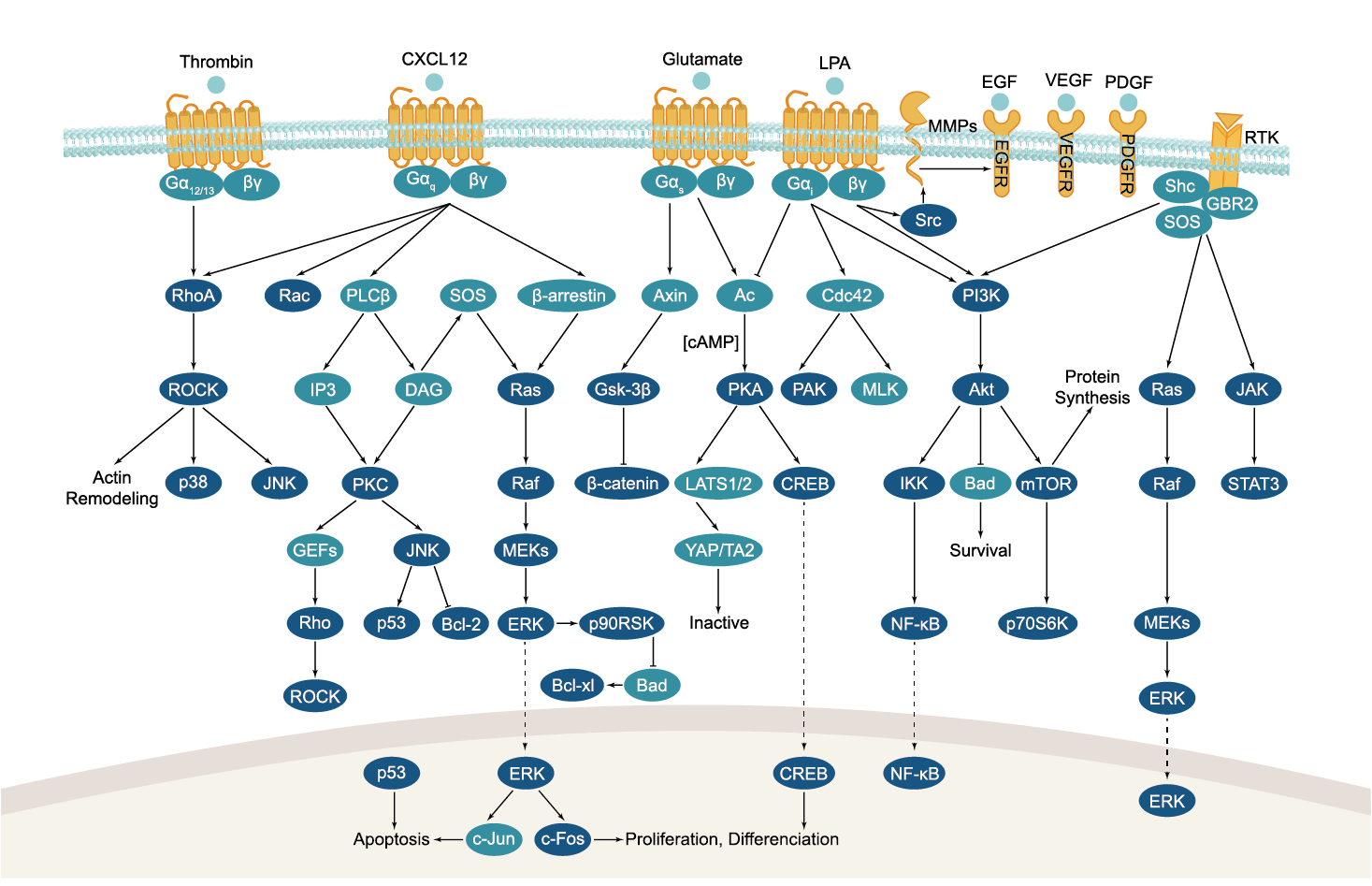
All GPCRs share a common seven trans-membrane structure. GPCRs are associated with heterotrimeric G-proteins which are GTP-binding proteins made of alpha, beta, and gamma subunits. When a ligand binds to GPCR, it activates the attached G-protein, the GDP is replaced with GTP. The activated G-protein then dissociates into an alpha and a beta-gamma complex which activates downstream signaling pathways. These intracellular signaling pathways include cAMP/PKA, calcium/NFAT, phospholipase C, protein tyrosine kinases, MAP kinases, PI-3-kinase, nitric oxide/cGMP, Rho, and JAK/STAT.
GPCRs are one of the most important therapeutic targets for various diseases, over 30% of all modern medicinal drugs target this family. Aberrant GPCR functions are involved in pathological conditions such as neurological, immunological and hormonal disorders. A large number of GPCRs have been identified, but whose ligands are not known, are classified as orphan receptors.
-
 B5150 SauvagineSummary: Corticotropin-releasing factor (CRF) receptor agonist
B5150 SauvagineSummary: Corticotropin-releasing factor (CRF) receptor agonist -
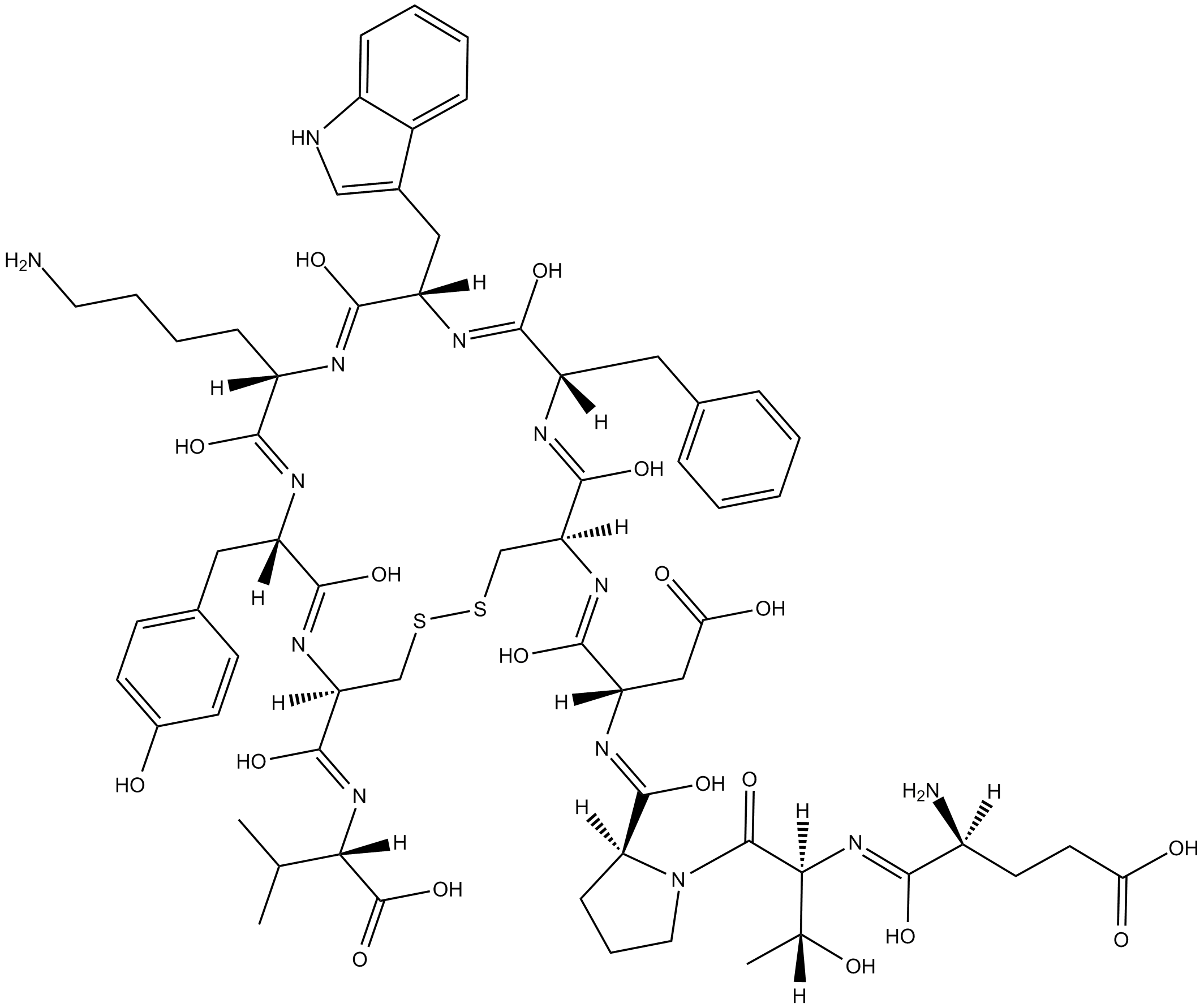 B5154 Urotensin II (human)Summary: Potent endogenous peptide agonist for the urotensin-II receptor
B5154 Urotensin II (human)Summary: Potent endogenous peptide agonist for the urotensin-II receptor -
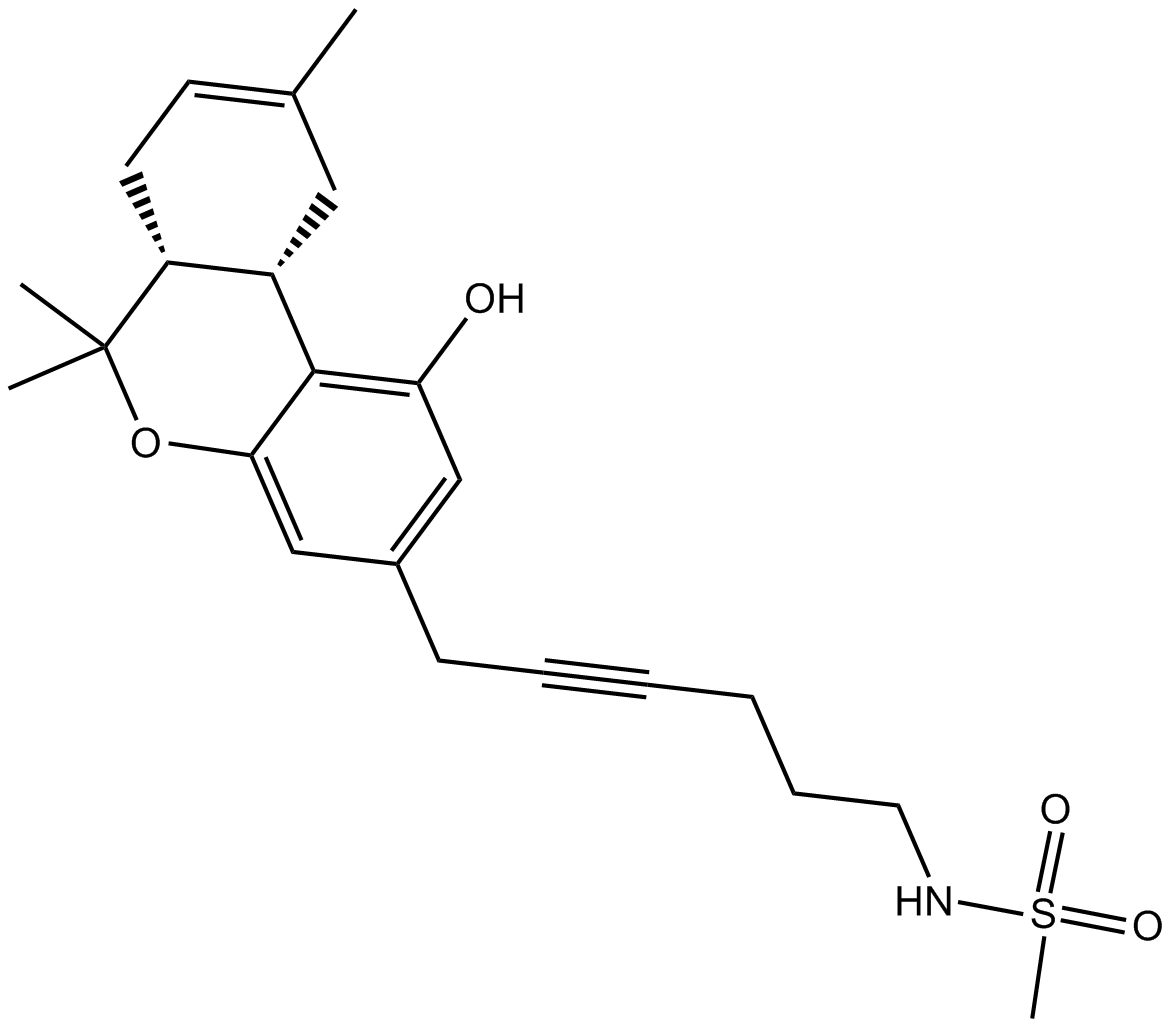 B5156 O-2050Summary: high affinity cannabinoid CB1 receptor silent antagonist
B5156 O-2050Summary: high affinity cannabinoid CB1 receptor silent antagonist -
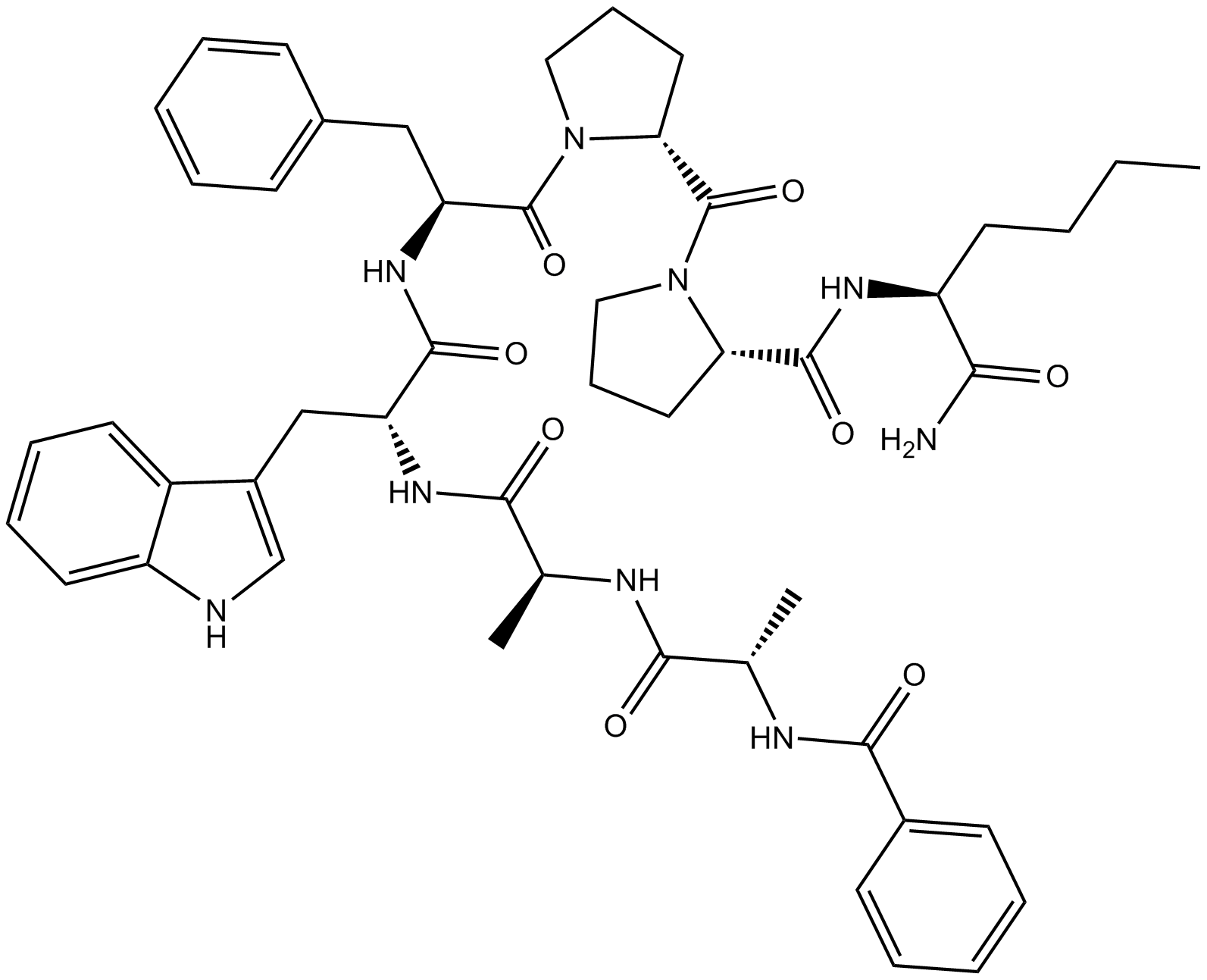 B5158 GR 94800Summary: Potent and selective tachykinin NK2 receptor antagonist
B5158 GR 94800Summary: Potent and selective tachykinin NK2 receptor antagonist -
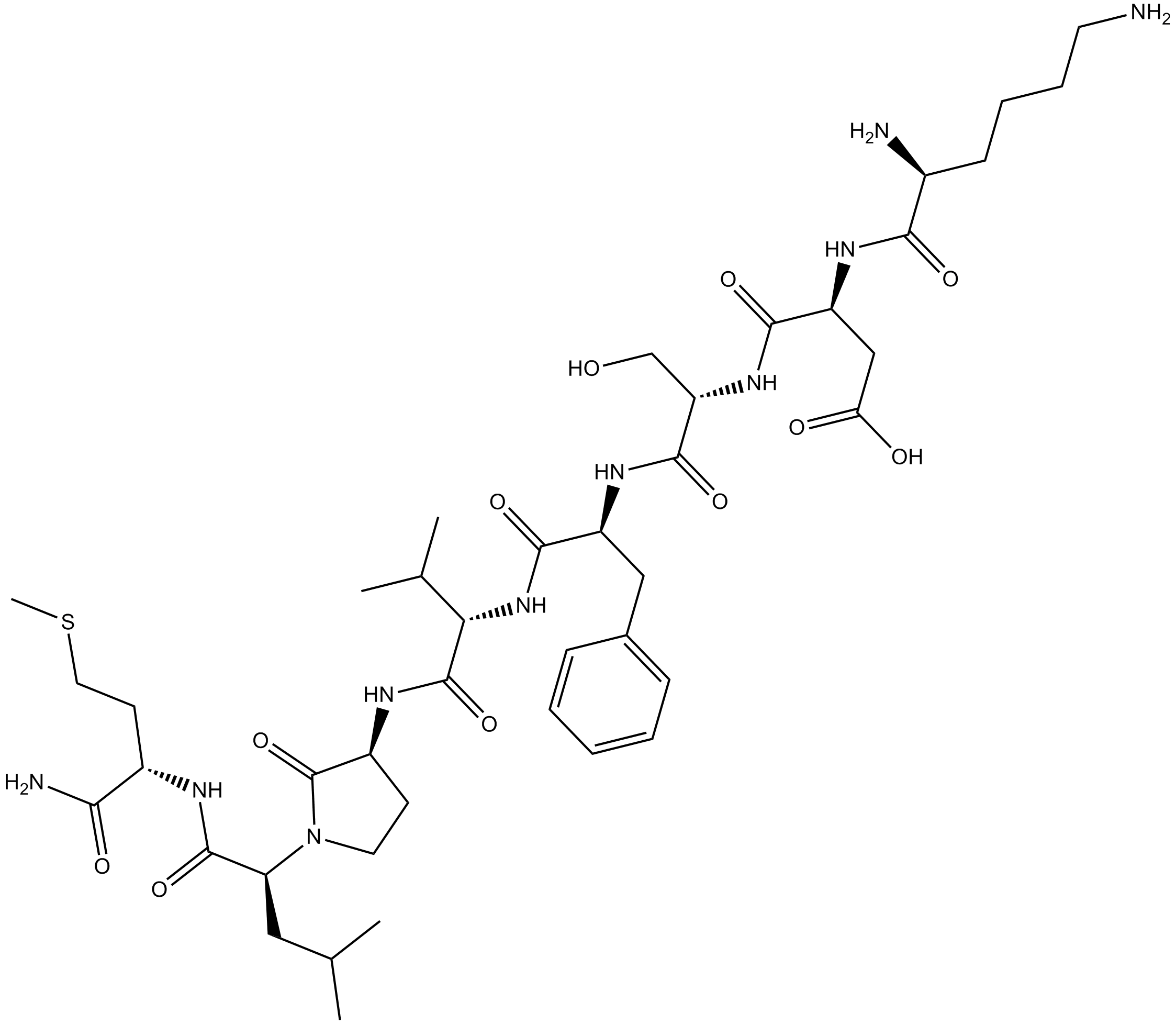 B5159 GR 64349Summary: Potent and selective tachykinin NK2 receptor agonist
B5159 GR 64349Summary: Potent and selective tachykinin NK2 receptor agonist -
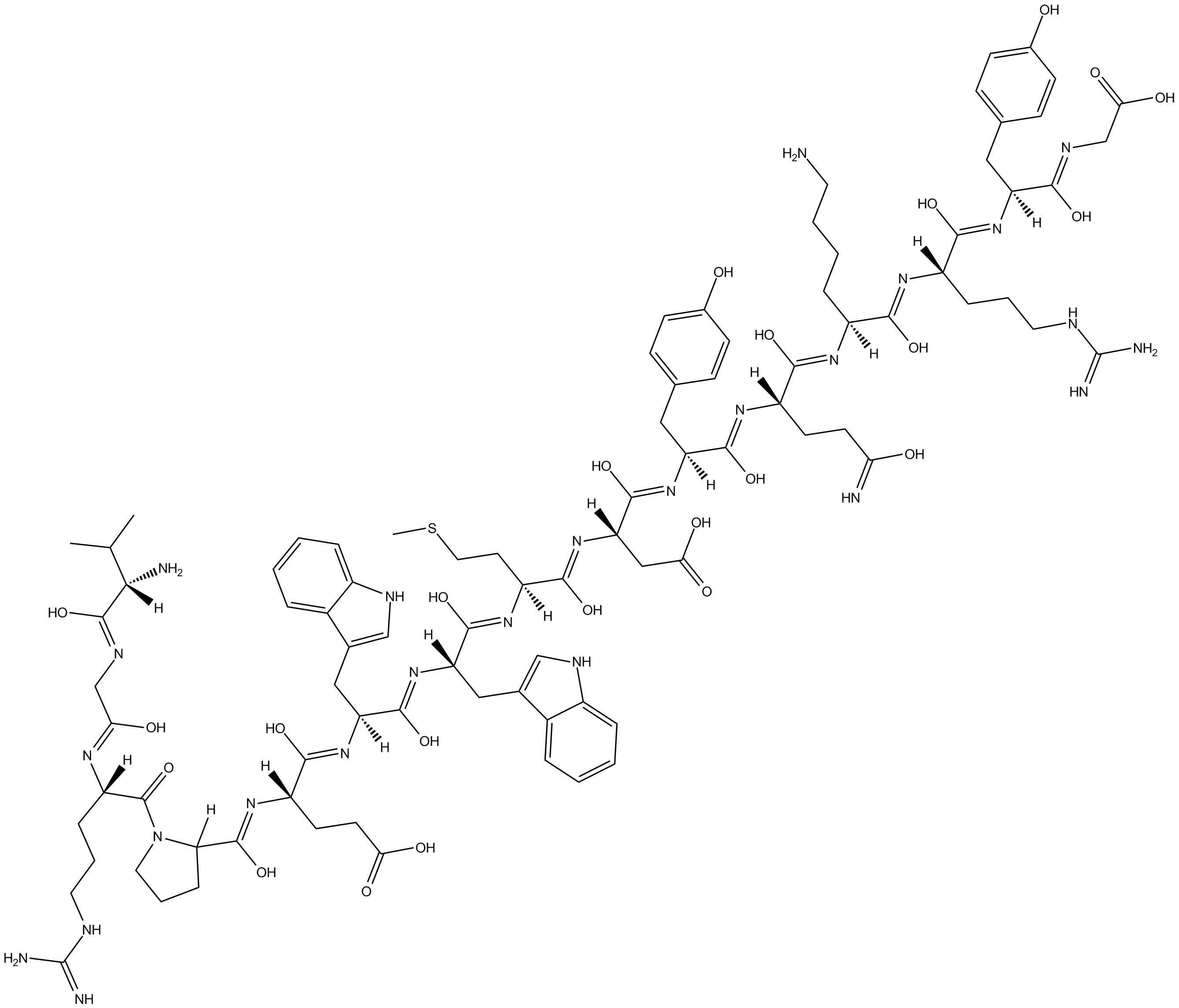 B5166 BAM (8-22)Summary: selective agonist for the sensory neuron specific receptor
B5166 BAM (8-22)Summary: selective agonist for the sensory neuron specific receptor -
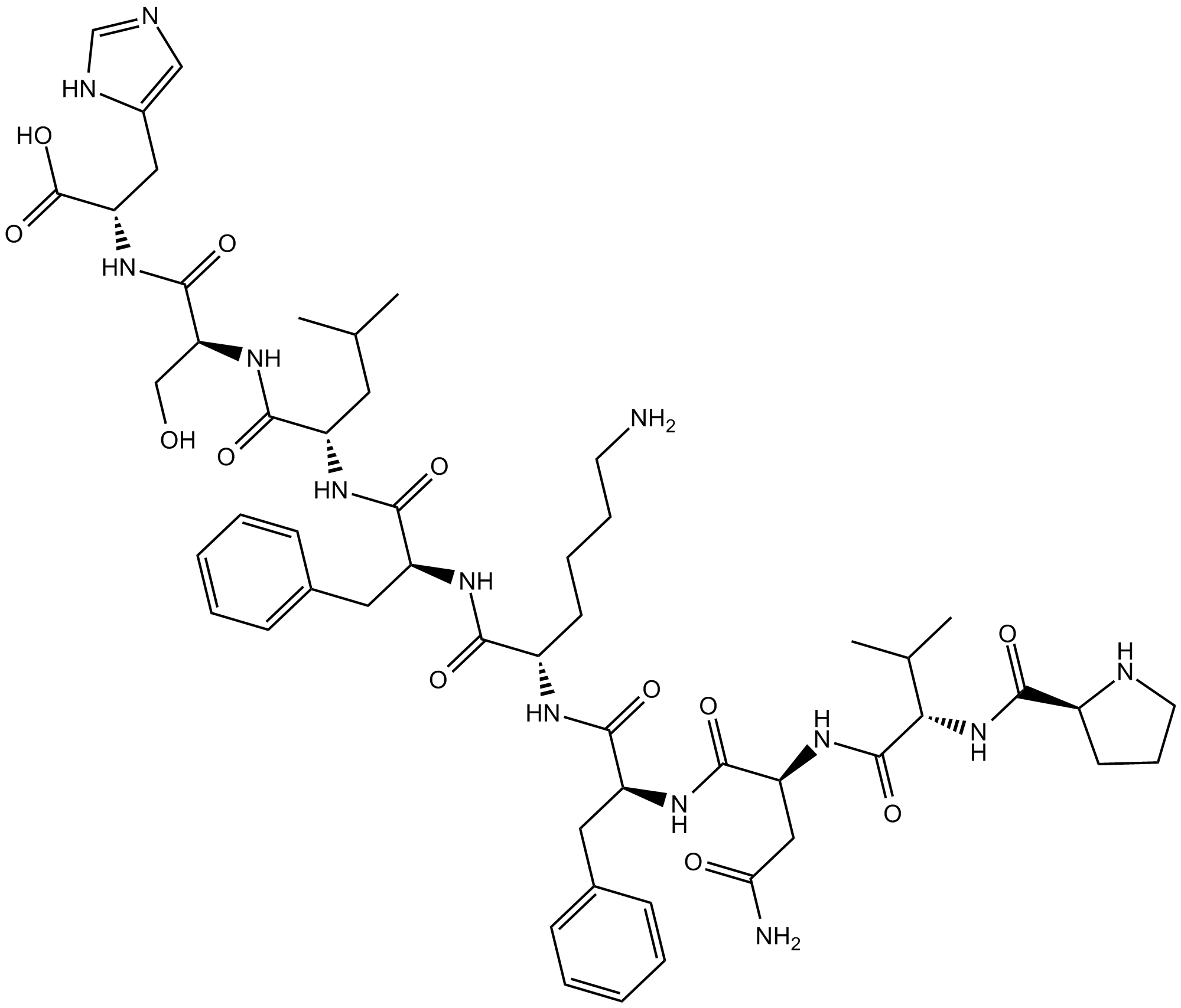 B5167 Hemopressin (rat)Summary: selective CB1 receptor inverse agonist
B5167 Hemopressin (rat)Summary: selective CB1 receptor inverse agonist -
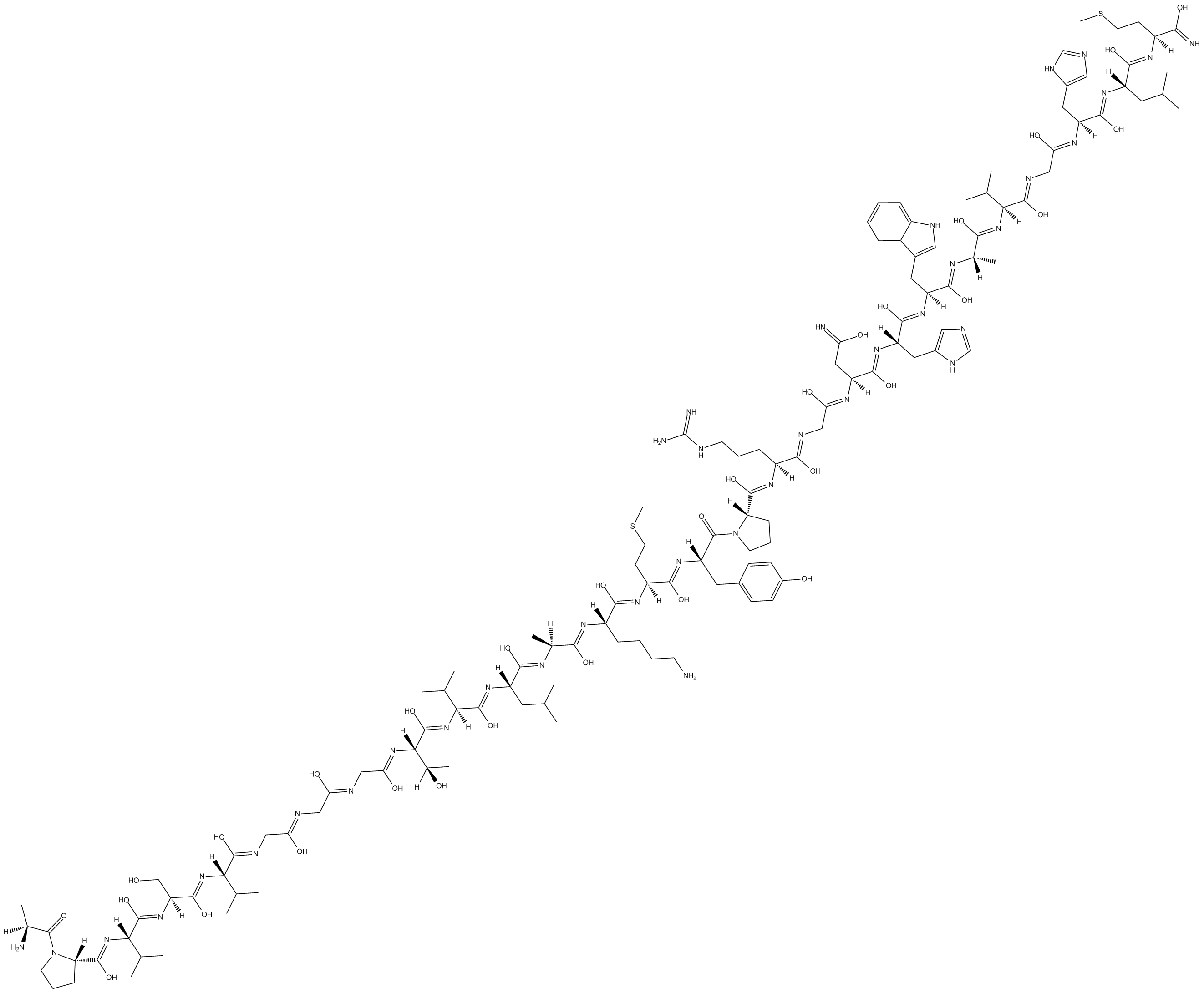 B5170 GRP (porcine)Summary: agonist for the gastrin-releasing peptide receptor (GRPR)
B5170 GRP (porcine)Summary: agonist for the gastrin-releasing peptide receptor (GRPR) -
 B5171 GRP (human)Summary: agonist for the gastrin-releasing peptide receptor (GRPR)
B5171 GRP (human)Summary: agonist for the gastrin-releasing peptide receptor (GRPR) -
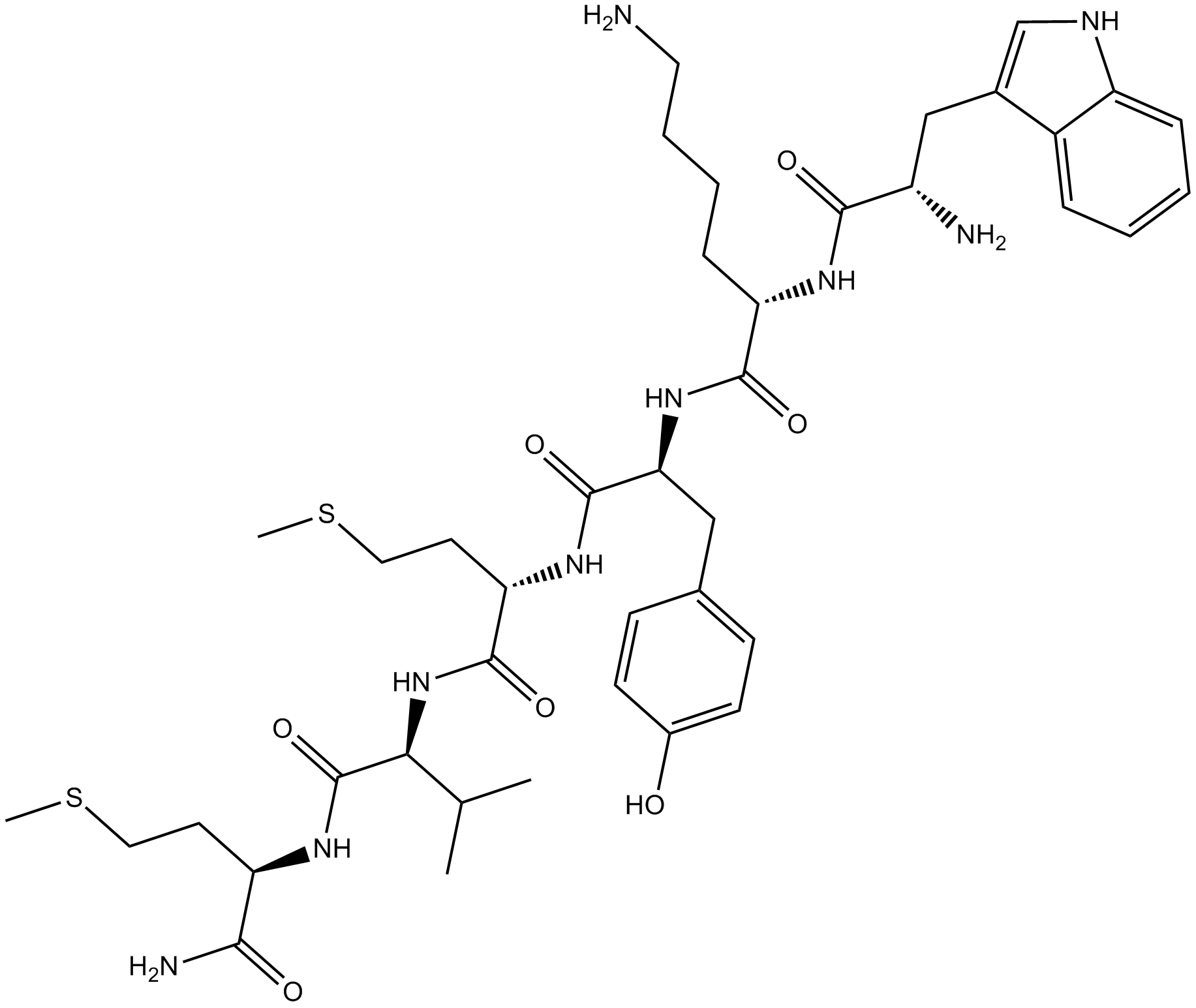 B5178 WKYMVMSummary: Selective agonist for the formyl peptide receptors FPR2 and FPR3
B5178 WKYMVMSummary: Selective agonist for the formyl peptide receptors FPR2 and FPR3

